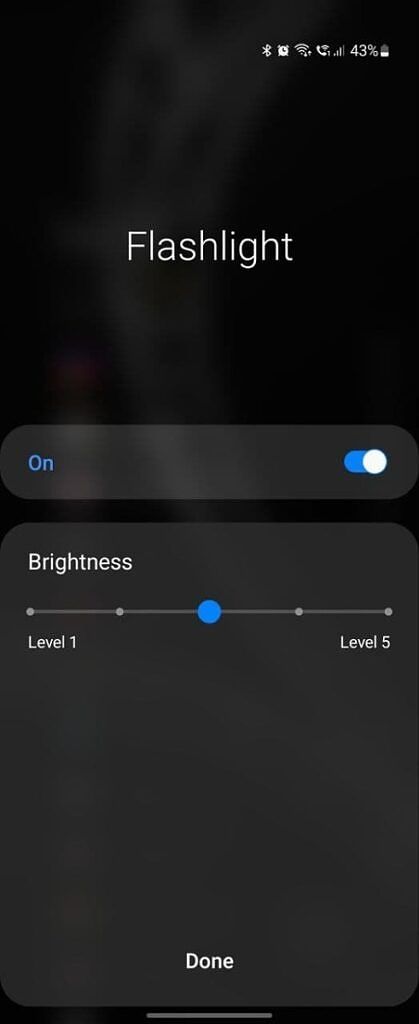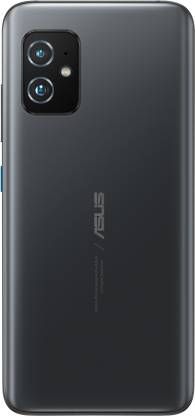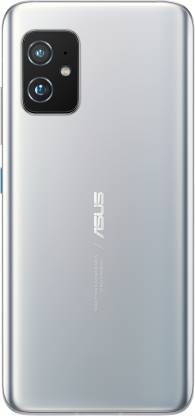Although MediaTek’s flagship Dimensity 9000 SoC is yet to make its way into consumers’ hands, the company has already released two more chipsets for premium 5G smartphones. Built on TSMC’s 5nm production process, the all-new Dimensity 8000 and Dimensity 8100 feature octa-core CPUs and borrow several premium features from the Dimensity 9000. The new chipsets will make an appearance on upcoming smartphones from Realme and Xiaomi in the first quarter of this year, offering users flagship-level performance at a relatively affordable price.
MediaTek Dimensity 8000 series: Specifications
| Specification |
Dimensity 8000 |
Dimensity 8100 |
| CPU |
- 4x Arm Cortex-A78 @ up to 2.75GHz
- 4x Arm Cortex-A55 @ up to 2.0GHz
|
- 4x Arm Cortex-A78 @ up to 2.85GHz
- 4x Arm Cortex-A55 @ up to 2.0GHz
|
| GPU |
|
|
| Display |
- Maximum On-Device Display support: FHD+ @168Hz
|
- Maximum On-Device Display support: FHD+ @ 168Hz / WQHD+ @ 120Hz
|
| AI |
|
|
| Memory |
- LPDDR5
- Max frequency: 6400Mbps
|
- LPDDR5
- Max frequency: 6400Mbps
|
| ISP |
- Imagiq 780 ISP
- Simultaneous dual-camera HDR video recording
- Max camera sensor supported: 200MP
- Max video capture resolution: 4K (3840 x 2160)
- Camera features: 5Gbps 14-bit HDR-ISPs/Video HDR/Video Bokeh/Video EIS/AI-Shutter/AI-AE/AI-AF/AI-AWB/AI-NR HDR/AI-HDR/AI-FD
|
- Imagiq 780 ISP
- Simultaneous dual camera HDR video recording
- Max camera sensor supported: 200MP
- Max video capture resolution: 4K (3840 x 2160)
- Camera features: 5Gbps 14-bit HDR-ISPs/Video HDR/Video Bokeh/Video EIS/AI-Shutter/AI-AE/AI-AF/AI-AWB/AI-NR HDR/AI-HDR/AI-FD
|
| Modem |
- 3GPP Release-16 5G modem
- 5G/4G Dual SIM Dual Standby, SA & NSA modes; SA Option2, NSA Option3 / 3a / 3x, NR TDD and FDD bands, DSS, NR DL 2CC, 200MHz bandwidth, 4×4 MIMO, 256QAM NR UL 2CC, R16 UL Enhancement, 2×2 MIMO, 256QAM VoNR / EPS fallback
- Peak downlink: 4.7Gbps
- 2CC Carrier Aggregation (200MHz)
- MediaTek 5G UltraSave 2.0
|
- 3GPP Release-16 5G modem
- 5G/4G Dual SIM Dual Standby, SA & NSA modes; SA Option2, NSA Option3 / 3a / 3x, NR TDD and FDD bands, DSS, NR DL 2CC, 200MHz bandwidth, 4×4 MIMO, 256QAM NR UL 2CC, R16 UL Enhancement, 2×2 MIMO, 256QAM VoNR / EPS fallback
- Peak downlink: 4.7Gbps
- 2CC Carrier Aggregation (200MHz)
- MediaTek 5G UltraSave 2.0
|
| Connectivity |
- Bluetooth 5.3
- Bluetooth LE Audio technology with Dual-Link True Wireless Stereo Audio
- Wi-Fi 6E 2×2 (BW80)
- Beidou III-B1C signal support
|
- Bluetooth 5.3
- Bluetooth LE Audio technology with Dual-Link True Wireless Stereo Audio
- Wi-Fi 6E 2×2 (BW80)
- Beidou III-B1C signal support
|
| Manufacturing process |
- TSMC N5 (5nm-class) production process
|
- TSMC N5 (5nm-class) production process
|
MediaTek Dimensity 8000
The MediaTek Dimensity 8000 features an octa-core CPU, consisting of four Arm Cortex-A78 cores clocked at up to 2.75GHz and four Arm Cortex-A55 cores clocked at up to 2.0GHz. The SoC packs an Arm Mali-G610 MC6 GPU for gaming and graphics-intensive tasks. The GPU can drive an FHD+ display at a peak refresh rate of 168Hz and includes support for 4K AV1 media decoding.
For imaging, the Dimensity 8000 makes use of the Imagiq 780 ISP, which offers support for simultaneous dual camera HDR video recording, 200MP camera support, AI-Motion unblur, AI-NR/HDR photos, and 2x lossless zoom.

The SoC also features MediaTek’s 5th Gen APU 580, which is 2.5x faster than the APU found on older Dimensity chipsets. It can power various AI experiences, ranging from AI camera features to multi-media and more.
In terms of connectivity, the Dimensity 8000 packs a 3GPP Release-16 5G modem that offers 5G Dual SIM Dual Standby support, peak downlink performance of 4.7Gbps, and 2CC Carrier Aggregation (200MHz). Other connectivity features include Bluetooth 5.3, Wi-Fi 6E 2×2, Bluetooth LE Audio with Dual-Link True Wireless Stereo support, and Deidou III-B1C signal support.
MediaTek Dimensity 8100
The MediaTek Dimensity 8100 is a minor step up from the Dimensity 8000. It also features an octa-core CPU featuring four Arm Cortex-A78 cores and four Arm Cortex-A55 cores. However, the Cortex-A78 performance cores on the Dimensity 8100 can boost up to 2.85GHz. The octa-core CPU is paired with the same Mali-G610 MC6 GPU. MediaTek claims that the Dimensity 8100 upgrades gaming performance with up to 20% more GPU frequency over the Dimensity 8000 and over 25% better CPU power-efficiency over previous Dimensity chips.
The Dimensity 8100 also features the same Imagiq 780 ISP, which offers simultaneous dual camera HDR video recording, 200MP camera support, 4K60 HDR10+ video capture, AI-Motion unblur, AI-NR/HDR photos, and 2X lossless zoom.

Like the Dimensity 8000, the Dimensity 8100 features MediaTek’s 5th Gen APU 580, but with a 25% frequency boost than the one found on the Dimensity 8000. Thanks to this, the APU offers slightly better performance in AI workloads.
As far as connectivity features are concerned, the Dimensity 8100 packs a 3GPP Release-16 5G modem with 5G Dual SIM Dual Standby support, peak downlink performance of 4.7Gbps, and 2CC Carrier Aggregation (200MHz). Other connectivity features include Bluetooth 5.3, Wi-Fi 6E 2×2, Bluetooth LE Audio with Dual-Link True Wireless Stereo support, and Deidou III-B1C signal support.
Availability
MediaTek says that smartphones featuring the new Dimensity 8000 and Dimensity 8100 chipsets will hit the market in the first quarter of this year. While the company hasn’t shared any specifics, a few OEMs have confirmed that they will soon launch smartphones featuring the new Dimensity SoCs.
Realme says its upcoming Realme GT Neo 3, which will feature its revolutionary 150W fast charging tech, will be based on the Dimensity 8100. Xiaomi’s sub-brand Redmi has also confirmed that one of its upcoming Redmi K50 series devices will pack the Dimensity 8100.
The post MediaTek debuts Dimensity 8000 series for premium 5G smartphones appeared first on xda-developers.
from xda-developers https://ift.tt/FDrTcEa
via
IFTTT








